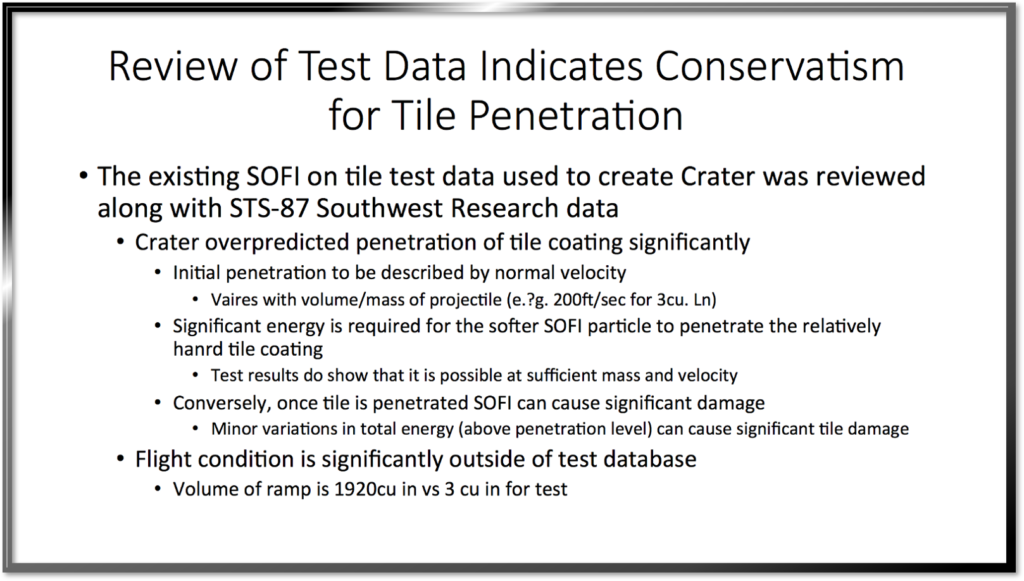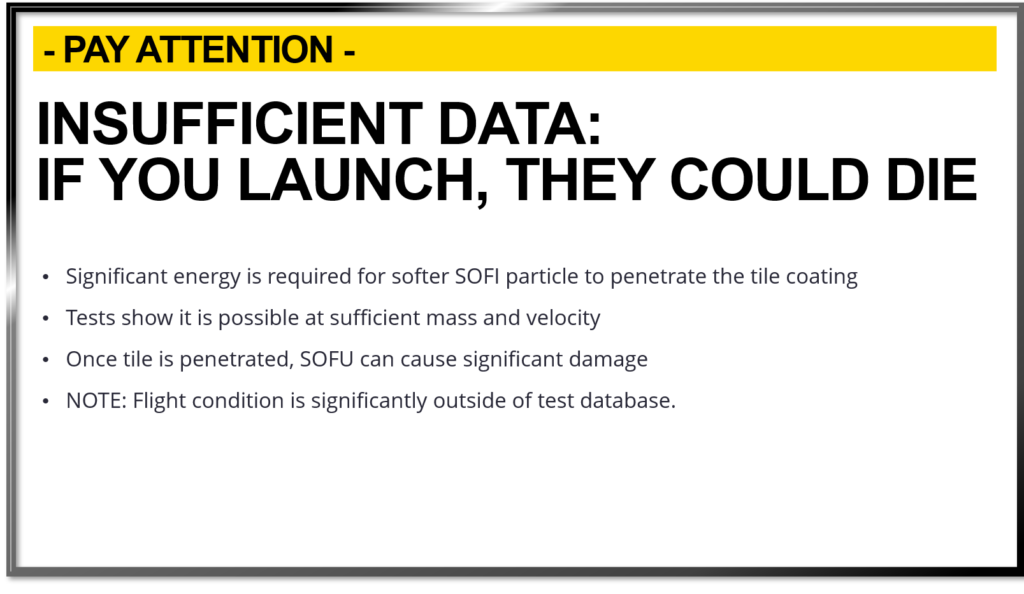We’ve all been there. Stuck in a tedious presentation, thinking about what’s for lunch. Or our weekend plans. Or pretty much anything except what’s on the screen. It may seem like the information in the presentation is boring, but it’s often just the way it’s being communicated.
The subject matter is likely relevant to you, or you wouldn’t be sat there in the first place. It’s just that along the way, the subject has become obscured by tired formats, haphazard layouts, and too much content. Meaning before long, nobody’s really listening. Anyone who sat through the UK government’s lockdown announcement last November will know what I mean.
The good news is – it’s not rocket science to turn a mundane presentation into a memorable one…
You just need to put your audience first.
Instead of approaching a slide by thinking about everything you want to say, think about what your core message is, then how the audience will want to hear it. What are the nuggets that will keep them engaged and on the edge of their seat? What is superfluous and could be left out? After all, most people are busy. They don’t want complicated jargon or cumbersome details, and they don’t want to hear your whole argument. They only want to know what’s in it for them.
For example, this was a presentation about the testing done before the Challenger rocket launch in 1986:

The slide includes lots of detail and information that is not necessarily relevant. True, they’ve presented the whole story, shown their workings and outlined the details, but the audience probably walked away without a clear understanding of what the presenter was trying to say. In this case, leading to disastrous consequences.
In contrast, the slide below slide highlights what the audience should be focusing on – the critical piece of information that they need to know. Unlike before, when it was buried low in the hierarchy and easily missed, it is now the center of attention, and will likely make the audience sit up and listen. If the extra information is still relevant, it can be spoken to by the presenter, or displayed visually on a separate slide. Anything to avoid a page full of complex text that does nothing to get the true point across.

Your presentation may not be discussing a life or death scenario, but the principles are the same. Don’t overcomplicate, and focus on your audience; presenting your key messages in a format they will want to listen and respond to.
To stay up to date with our articles about creating effective presentations, follow us on LinkedIn or Instagram. Alternatively, if you want to know how we can use our expertise to improve your business presentations, read our blog article or contact us at studio@maxwellrogers.co.uk.

